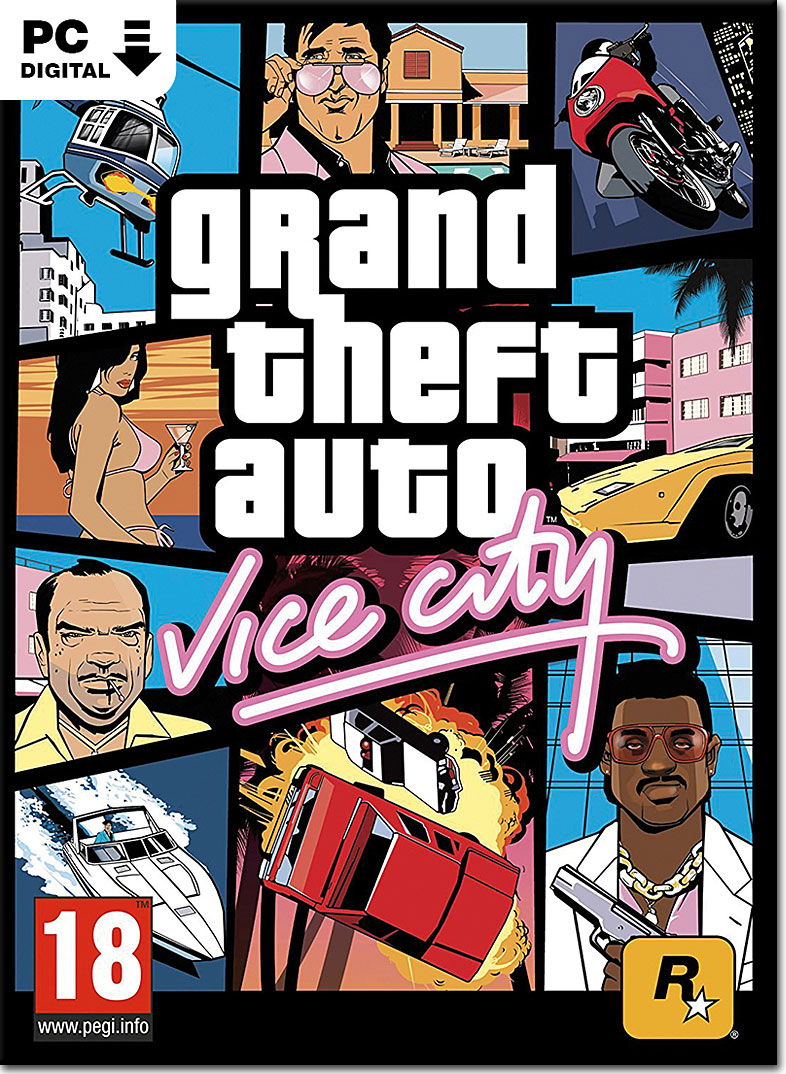
Audio – Audio output is entirely supported, audio input (microphone) isn’t supported.We use C# wrappers for OpenAL, and libsoundio as the fallback. The CPU emulator, ARMeilleure, emulates an ARMv8 CPU and currently has support for most 64-bit ARMv8 and some of the ARMv7 (and older) instructions, including partial 32-bit support. It translates the ARM code to a custom IR, performs a few optimizations, and turns that into x86 code. Ryujinx also features an optional Profiled Persistent Translation Cache, which essentially caches translated functions so that they do not need to be translated every time the game loads. The net result is a significant reduction in load times (the amount of time between launching a game and arriving at the title screen) for nearly every game.

NOTE: this feature is now enabled by default in the Options menu > System tab. You must launch the game at least twice to the title screen or beyond before performance improvements are unlocked on the third launch! These improvements are permanent and do not require any extra launches going forward. GPU The GPU emulator emulates the Switch’s Maxwell GPU using the OpenGL API (version 4.4 minimum) through a custom build of OpenTK. There are currently four graphics enhancements available to the end user in Ryujinx: disk shader caching, resolution scaling, aspect ratio adjustment and anisotropic filtering. These enhancements can be adjusted or toggled as desired in the GUI. InputWe currently have support for keyboard, mouse, touch input, Jo圜on input support emulated through the keyboard, and most controllers. Controller support varies by operating system, as outlined below. Windows: Xinput-compatible controllers are supported natively other controllers can be supported with the help of Xinput wrappers such as x360ce. Linux: most modern controllers are supported. In either case, you can set up everything inside the input configuration menu. DLC & ModificationsRyujinx is able to manage add-on content/downloadable content through the GUI.Mods (romfs and exefs) are also supported and the GUI contains a shortcut to open the respective mods folder for a particular game. The emulator has settings for enabling or disabling some logging, remapping controllers, and more. You can configure all of them through the graphical interface or manually through the config file, Config.json, found in the user folder which can be accessed by clicking Open Ryujinx Folder under the File menu in the GUI. LEGAL: This software is licensed under the terms of the MIT license.


This project makes use of code authored by the libvpx project, licensed under BSD and the ffmpeg project, licensed under LGPLv3.This software is licensed under the terms of the MIT license. The Ryujinx.Audio project is licensed under the terms of the LGPLv3 license.


 0 kommentar(er)
0 kommentar(er)
